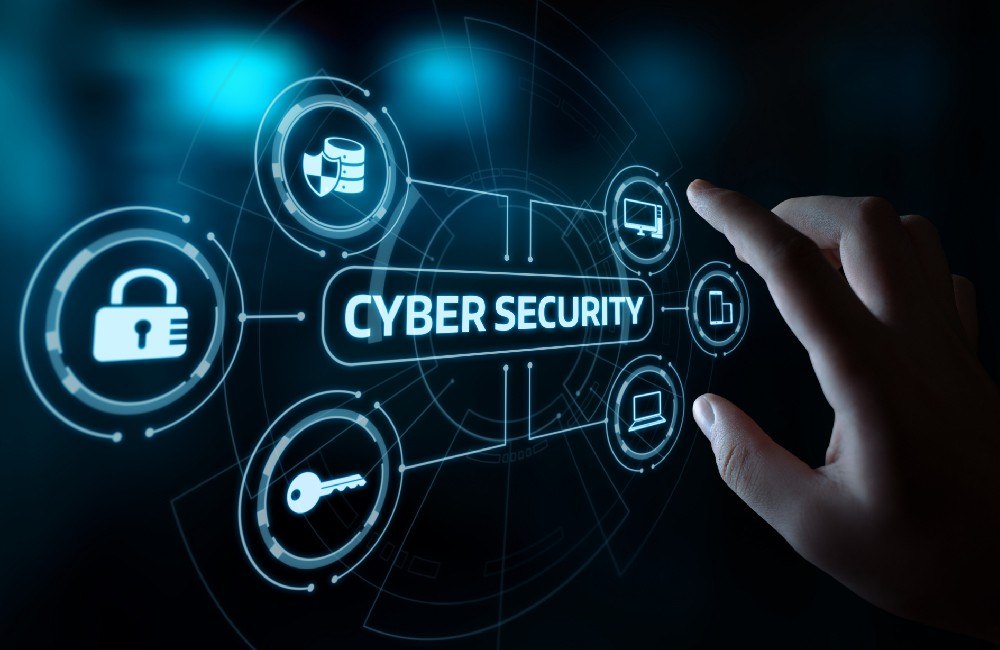Surveillance systems in hazardous environments must go beyond physical protection. They also require strong cybersecurity to prevent data breaches, system failures, or unauthorized access.
Cyberattacks can compromise live feeds, expose sensitive footage, or disable critical safety features. To prevent this, organizations must adopt secure network architecture, encrypted data transmission, and access control protocols.
Modern surveillance systems use firewalls, VPNs, and multi-factor authentication to protect against cyber threats. Regular software updates, threat monitoring, and vulnerability assessments also help reduce risk.
Cybersecurity isn’t optional—it’s an essential part of a reliable surveillance strategy. Especially in industries like oil and gas, chemical processing, and pharmaceuticals, any compromise in data security can lead to operational hazards or compliance violations.
By integrating cybersecurity measures into hazardous area surveillance, companies ensure both physical and digital protection. The goal is to maintain uninterrupted monitoring, protect critical infrastructure, and ensure worker safety at all times.




